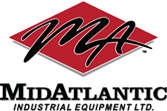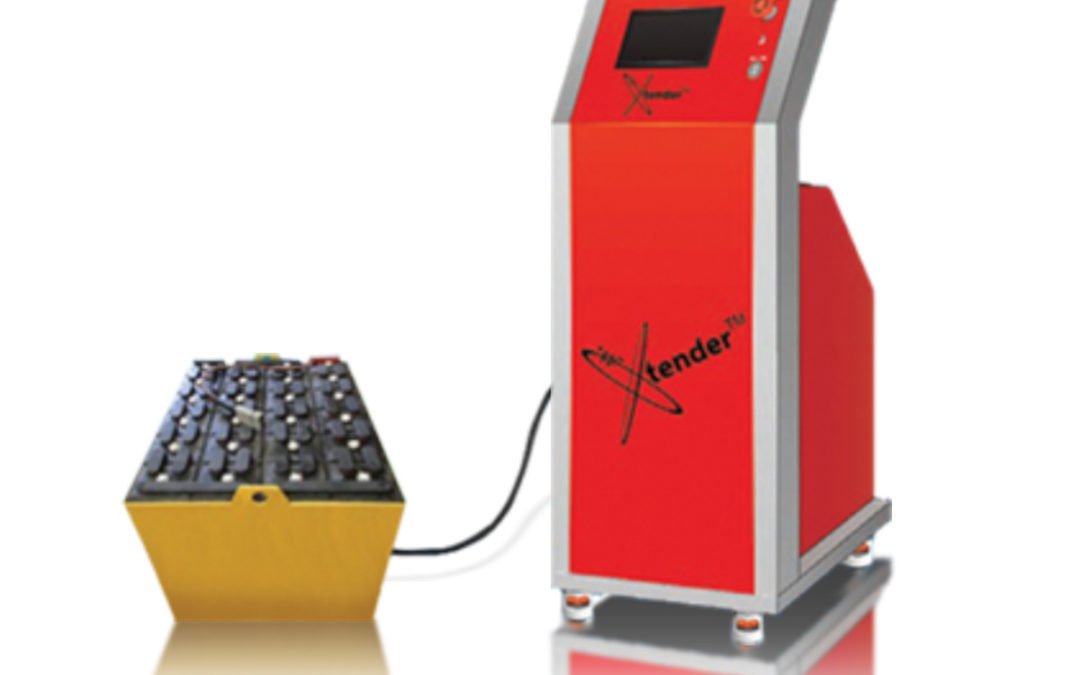Industrial batteries, like many lead-based batteries, lose the ability to hold a charge or hold a charge over time. This can result in less run time of your machines, and can ultimately lose production time due to improperly functioning equipment. Instead of spending thousands on a new battery, there is a different more affordable option. This is called battery regeneration, and it’s a reconditioning process of your current used battery.
How Does The Battery Breakdown
Over time, heavy use, and improper charging, your battery will lose the ability to hold a full charge. This is because of a process known as sulfation. Sulfation is the buildup of sulfate crystals in, or on top of your battery. When there is too much sulfation in a battery it prevents the battery from charging properly.
Even if your battery isn’t showing signs of sulfation on the outside, here are some indicators of it taking place on the inside:
- Taking longer to charge
- Higher battery temperature
- Shorter run time between charging
Battery Regeneration Process
If you’re experiencing these symptoms with your lift truck batteries it’s time to run them through the regeneration process.
The battery regeneration process consists of four stages. These four steps are: analyze, desulfate, restore, and maintain. First, your battery will be safely discharged. Then it will go through two restoration cycles. During these restoration phases, a high-frequency pulse is applied. The high frequency loosens and removes accumulated sulfate crystals inside the battery. Once the crystals are broken down and removed, the battery will be safely discharged again. Using diagnostic software Mid Atlantic Industrial is able to track the progress of the discharge, recharge, and high-frequency cycles to determine the effectiveness and new charging capacity.
How Often Is Regeneration?
In order for battery regeneration to be most effective, it’s ideal to run your batteries through this process every 12-18 months for the entire life cycle of the battery. Just like you get an oil change in your car, industrial batteries require routine maintenance. Battery regeneration isn’t for lead-acid batteries alone, as it can be done on all types of batteries. This can be anything from floor sweeper and scrubbers, golf carts, lift trucks, etc.
As mentioned earlier, it’s best to get your batteries serviced every 12 months. If too much sulfation occurs it can cause irreversible damage. If there is a lot of sulfation in and on your battery, it can be cleaned and regenerated to the best of its ability, but it may not fully restore the battery to its original state.
Regeneration Vs. New Battery
There are pros and cons to both battery regeneration and purchasing a new battery. First, the price of a new battery can be as much as $12,000. Whereas the price of regeneration is anywhere from $175-$475. If you have a lot of industrial batteries in your fleet it’s most cost-effective to follow a maintenance plan rather than pay for new batteries over the life of your equipment.
However, if you let your battery go and it accumulates too much sulfation, regeneration may not be as effective. Depending on how often, and how you use your equipment, this might be a case where purchasing a new battery is a better decision. Once you purchase a new battery it’s important to follow the charging and storing recommendations along with scheduling routine maintenance for the battery.
Mid Atlantic Industrial’s full-service battery shop is here to help you decide which option is best for you. Our state of the art equipment and skilled technicians can diagnose your battery, and we can provide the service you need.



